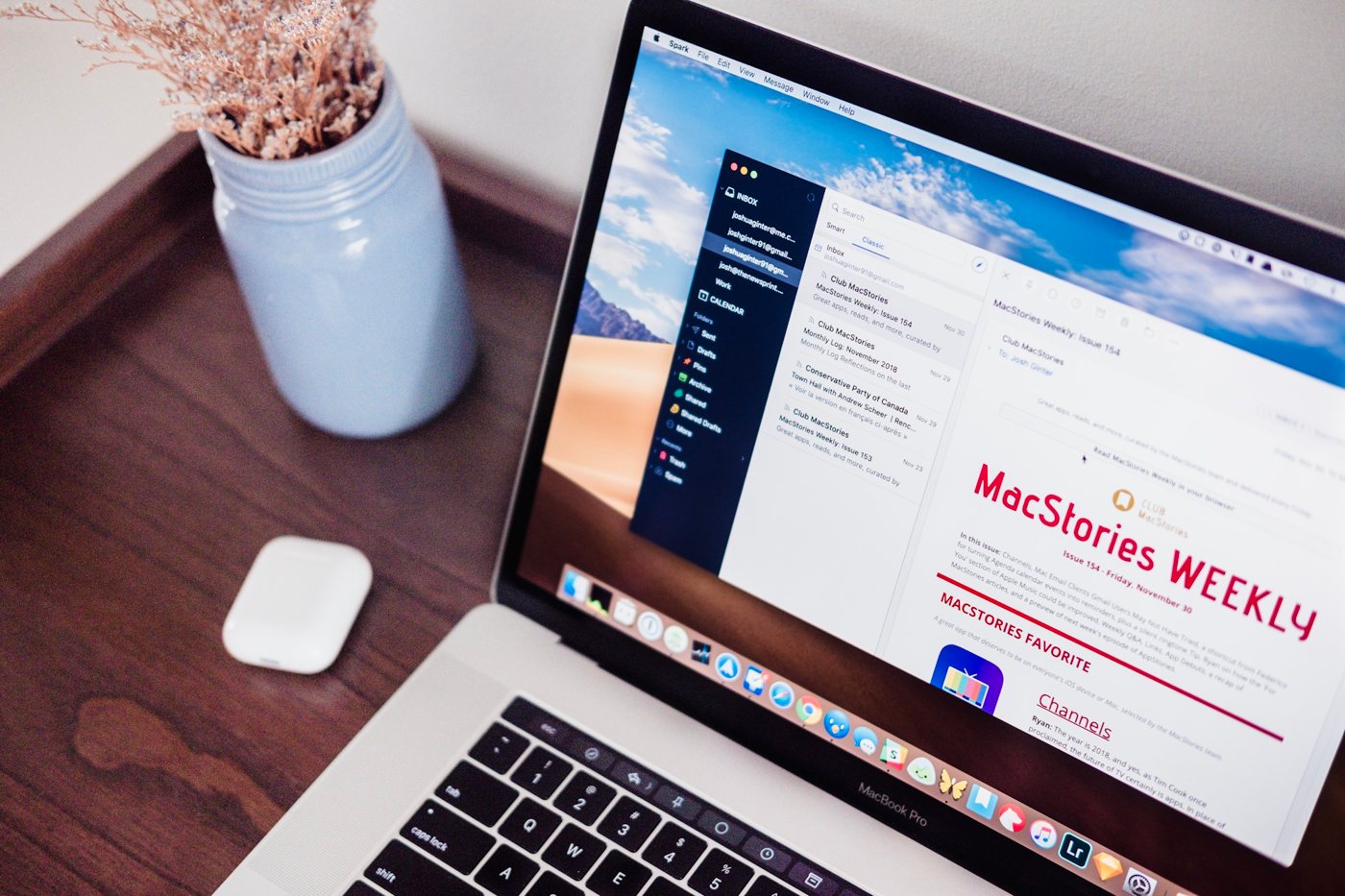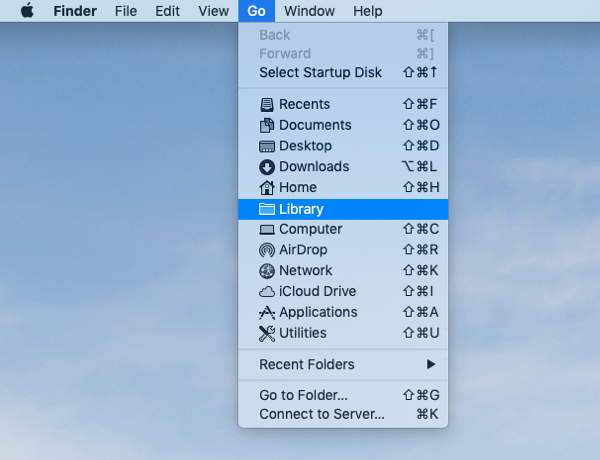

- #Via reveal app for mac how to
- #Via reveal app for mac full
- #Via reveal app for mac software
- #Via reveal app for mac download
Did you know there is a shortcut combination to see hidden files? A shortcut to see unlisted (grayed out) filesįor those who love Apple, which for many is more than a tech company, it’s a representation of a lifestyle, a brand that has many fans, we’ve got a fun fact for you.
#Via reveal app for mac full
Now copy and paste the full name and drop it into Finder or Spotlight Search.Īlternatively, you can drag and drop the file onto the Terminal window, and it will show the full path. Hopefully, this will bring you to the file you need.A list of names should appear, some or many of which you can ignore as they will be followed by file-end names, such as “operation not permitted” so focus on the ones that make the most sense, such as: /Library/Application Support/randomfilename/settings/.Give it time to process the query, which could take several minutes.Now you need to have something of an idea of what this file might be called, so once you do, type in the following (the name in the middle is where you’d put a file name): find / -name randomfilename.Make sure you are using it as a Super User (which means being logged in as an Admin), so type in sudo su - then press Return.When every other method has failed, turn to Terminal as your solution. Nice and simple.Īlso known as a folder path, or directory path, they aren't always easy to find.
#Via reveal app for mac how to
Make sure to complete pasting/moving it elsewhere, or this will be lost and you will need to find the folder again.Īnd that is how to get folder path in Mac.

This information is pasted into the Clipboard. You will see the new command that has appeared in the context menu - Copy ….

To get a basic understanding of where your file is located, just right-click the file. There is always a way to locate a file path.
#Via reveal app for mac software
At times, not knowing the right name can cause software conflicts. We attempt to solve this problem in this article for those tired of looking for files and file paths on a Mac.Īfter trying Spotlight Searches or browsing through files, you might be ready to give up. When you’ve got loads of files - hundreds or even thousands isn’t unusual after a couple of years using the same Mac - it can be difficult to get the correct file path. But to help you do it all by yourself, we’ve gathered our best ideas and solutions below.įeatures described in this article refer to the MacPaw site version of CleanMyMac X.
#Via reveal app for mac download
The following instructions provide the details on locating the bundle ID of an app on Terminal.So here's a tip for you: Download CleanMyMac to quickly solve some of the issues mentioned in this article. Some of them are detailed below: Method 1 There are multiple ways to determine the bundle ID of an app using the Mac itself. The value corresponding to the Identifier gives the bundle ID of the app.


 0 kommentar(er)
0 kommentar(er)
